
Understanding Oracles: The Bridge Between the Blockchain and the Real World
Introduction:
Blockchain technology has revolutionized the way we exchange value, offering transparency and decentralization. However, it faces a critical challenge – its isolated nature from the real world. Enter the concept of oracles. Oracles are a crucial component that connects the blockchain with real-world data, enabling smart contracts to interact with external sources of information. In this article, we will dive into the world of oracles, exploring their importance, how they function, and their applications in various industries.
What are Oracles?
Oracles act as intermediaries, connecting smart contracts with real-world data. They provide a way for the blockchain to access and respond to external events and information. These external sources include web APIs, traditional databases, IoT devices, and sensors, among others. By leveraging oracles, smart contracts can make informed decisions and execute transactions based on real-time data.
How do Oracles Work?
To understand how oracles work, consider a scenario where a smart contract on a blockchain wants to execute a transaction when the price of a particular cryptocurrency reaches a certain threshold. The smart contract relies on an oracle to fetch the current price from an external data source, like a cryptocurrency exchange API. Once the price condition is met, the smart contract automatically executes the transaction.
Oracles can function in various ways depending on their design and purpose. There are three common types of oracles:
1. Software Oracles:
These oracles obtain real-world data by scraping information from websites or utilizing web APIs. They parse the data, extract the necessary information, and pass it to the smart contract. For example, a software oracle can fetch weather data from a weather API and provide it to a smart contract for decision-making regarding weather-sensitive operations.
2. Hardware Oracles:
Hardware oracles are physical devices that connect the blockchain with the physical world. They act as sensors, collecting information from IoT devices or connected systems. For instance, a hardware oracle in a supply chain can provide real-time data on temperature and humidity levels in a cold storage facility, ensuring the quality of perishable goods.
3. Consensus Oracles:
Consensus oracles aggregate data from multiple oracles to ensure accuracy and reliability. These oracles weigh the input from different sources and provide a verified output to the smart contract. By using multiple oracles, the risks of manipulated or faulty data are mitigated, reinforcing trust in the system.
The Importance of Oracles:
Oracles play a pivotal role in the adoption and expansion of blockchain technology in several ways:
1. External Data Integration:
Blockchain applications can only reach their full potential by incorporating real-world data. Oracles provide the means to integrate external data, enabling smart contracts to react to real-time events and conditions.
2. Automation and Smart Contract Functionality:
Oracles empower smart contracts to perform automated actions based on real-world data. This functionality plays a crucial role in sectors like finance, supply chain management, insurance, and logistics, where real-time data influences transactions and operations.
3. Security and Trust:
By bridging the gap between the blockchain and external data, oracles enhance security and trust. With accurate and verified data from reliable sources, smart contracts can be executed with confidence, reducing the risks associated with false or manipulated information.
4. Real-World Use Cases:
The use cases for oracles extend across various industries. For example, in supply chain management, oracles can provide real-time updates on product location, temperature, and other crucial data. In the insurance field, oracles can offer reliable information for automatic claims processing. Gaming and gambling industries can utilize oracles to ensure fair play and randomness in outcomes. These are just a few examples of the numerous possibilities oracles bring to the table.
Frequently Asked Questions:
Q: Can oracles be manipulated?
A: Oracles can be vulnerable to manipulation if they rely on a single data source. However, consensus oracles mitigate this risk by aggregating data from multiple sources and reaching a consensus. This ensures the accuracy and reliability of the data.
Q: What happens if an oracle provides incorrect data?
A: If an oracle provides incorrect data, the smart contract may execute decisions based on incorrect information. However, with consensus oracles and proper design, the impact can be minimized. Auditing and regular monitoring of oracle performance is essential.
Q: Are there any limitations to oracles?
A: Oracles have a few limitations to consider. First, they rely on external data sources, which may not always be reliable. This can introduce potential vulnerabilities. Second, oracles introduce a new point of failure or attack, as they act as a bridge between the blockchain and the real world. Careful design and robust security measures must be implemented to address these limitations.
Q: How do I select a reliable oracle for my project?
A: When choosing an oracle, factors such as reputation, security measures, reliability, and the number of data sources it utilizes should be considered. It is vital to review the oracle’s track record, reputation in the blockchain community, and security protocols before integration.
Conclusion:
Oracles form the crucial link between the blockchain and the real world, enabling smart contracts to interact with external data. Their integration paves the way for automation, real-world use cases, and enhanced security and trust. With the growth and adoption of blockchain technology, oracles will continue to play a vital role in bridging the gap between the blockchain and the real world.
More in this category ...
Ripple companions with SBI Group and HashKey DX for XRPL answers in Japan
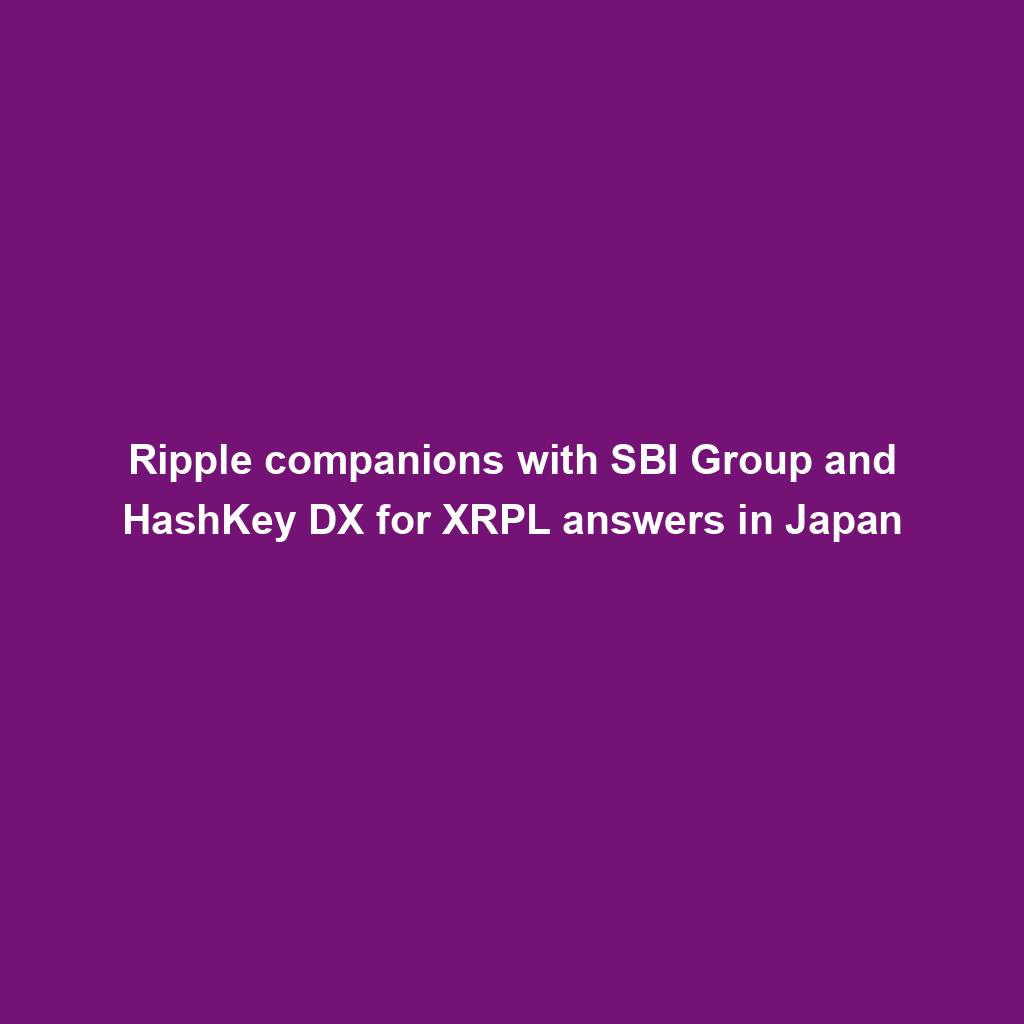
April sees $25M in exploits and scams, marking historic low ― Certik
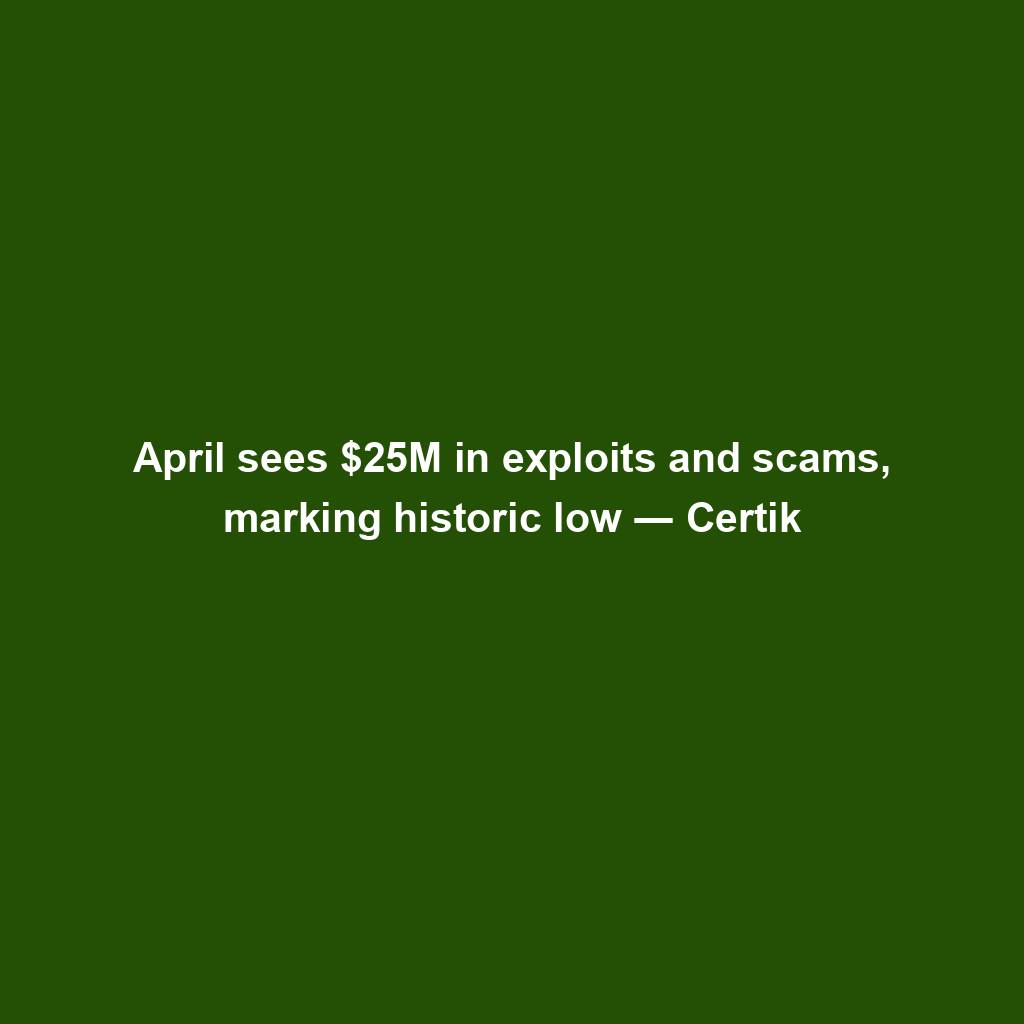
MSTR, COIN, RIOT and different crypto shares down as Bitcoin dips
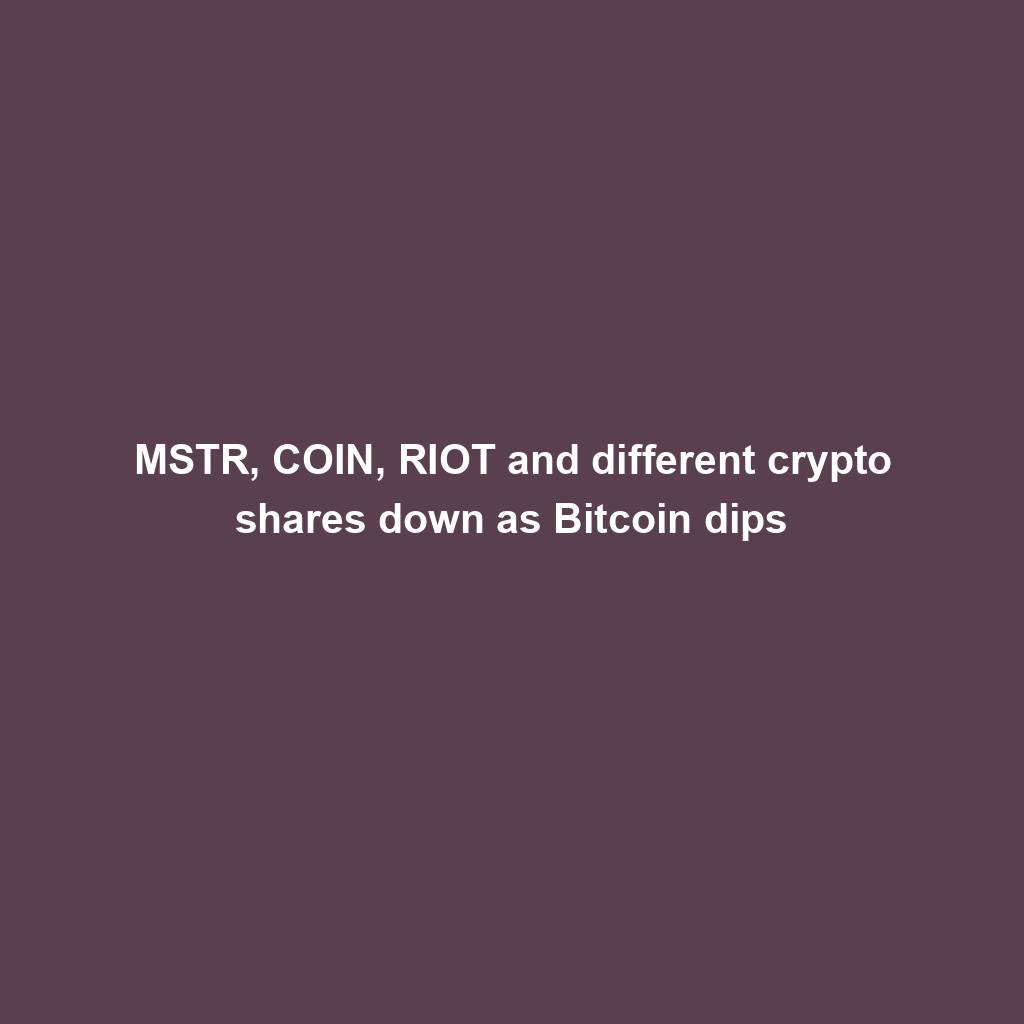
EigenLayer publicizes token release and airdrop for the group
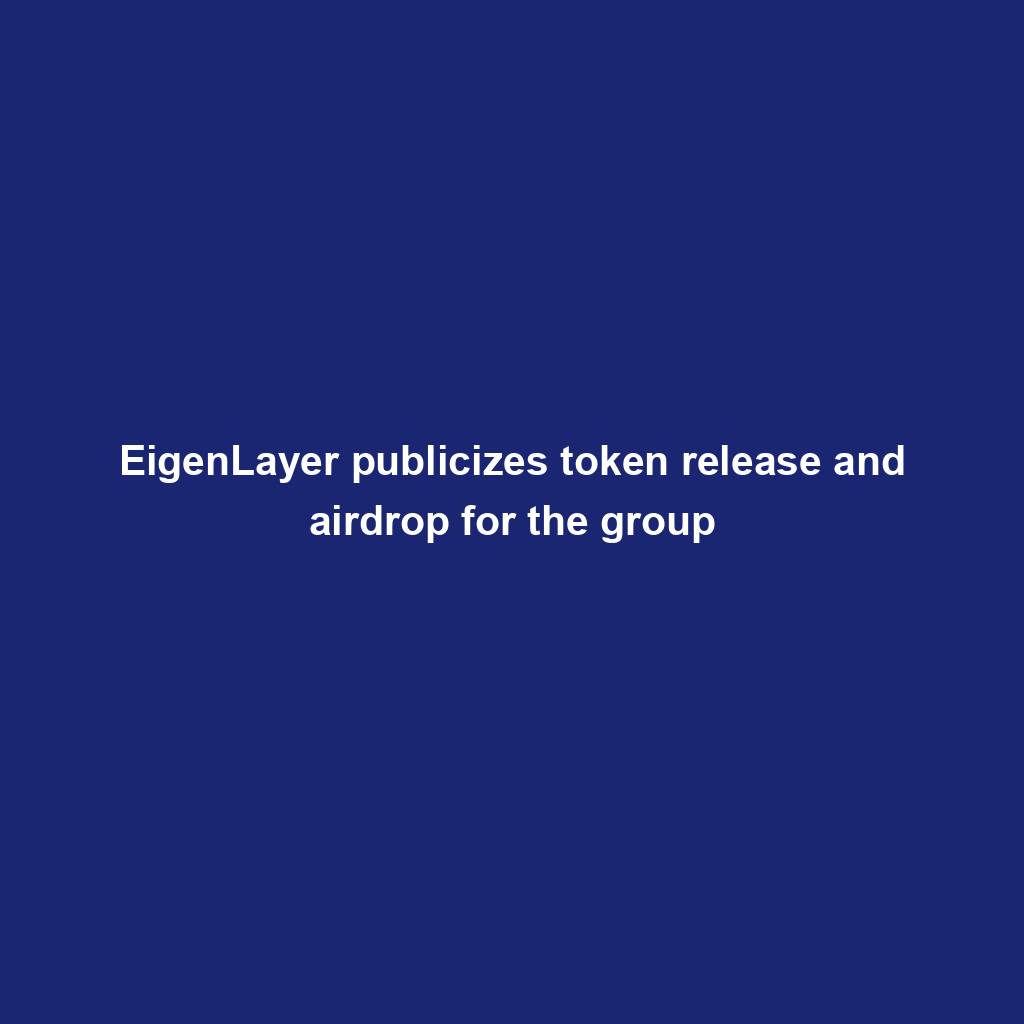
VeloxCon 2024: Innovation in knowledge control

Successful Beta Service release of SOMESING, ‘My Hand-Carry Studio Karaoke App’

Dogwifhat (WIF) large pump on Bybit after record reasons marketplace frenzy
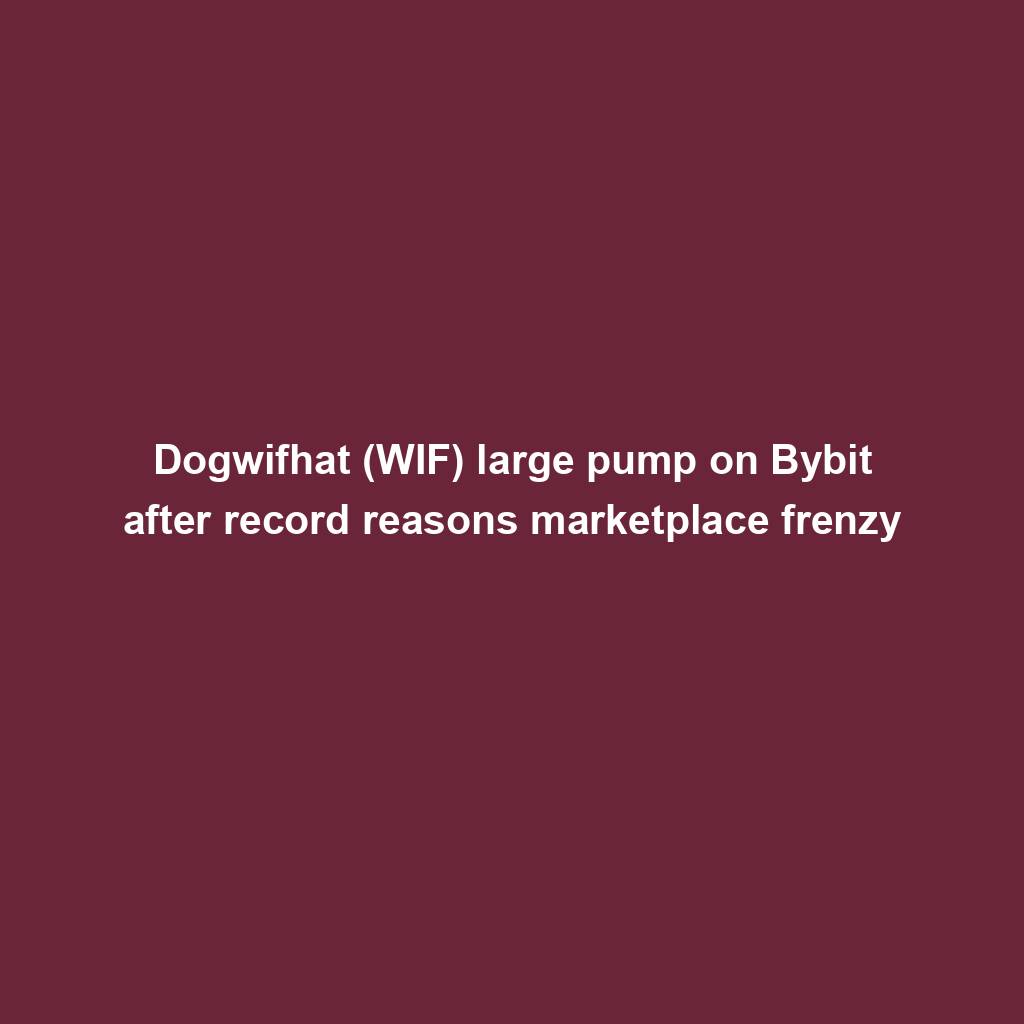
How fintech innovation is riding virtual transformation for communities around the globe
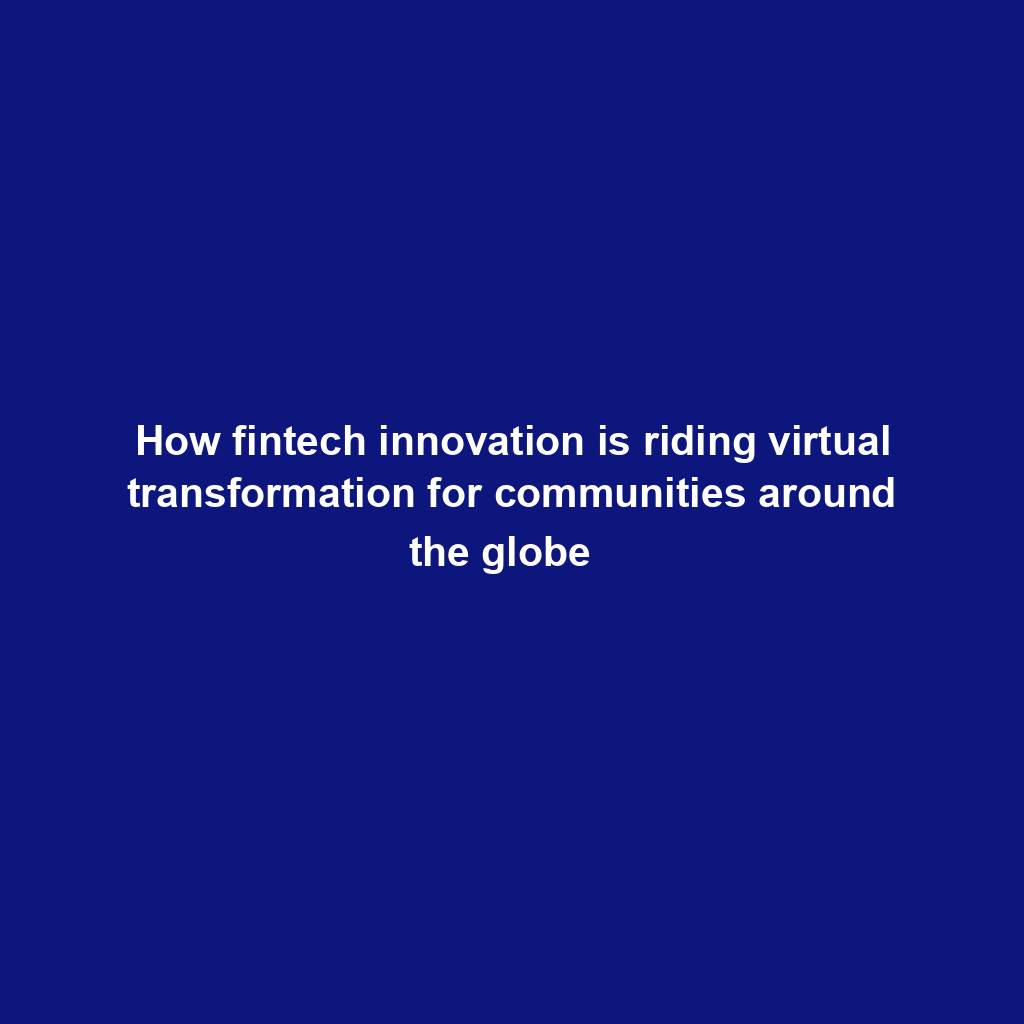
Wasabi Wallet developer bars U.S. customers amidst regulatory considerations
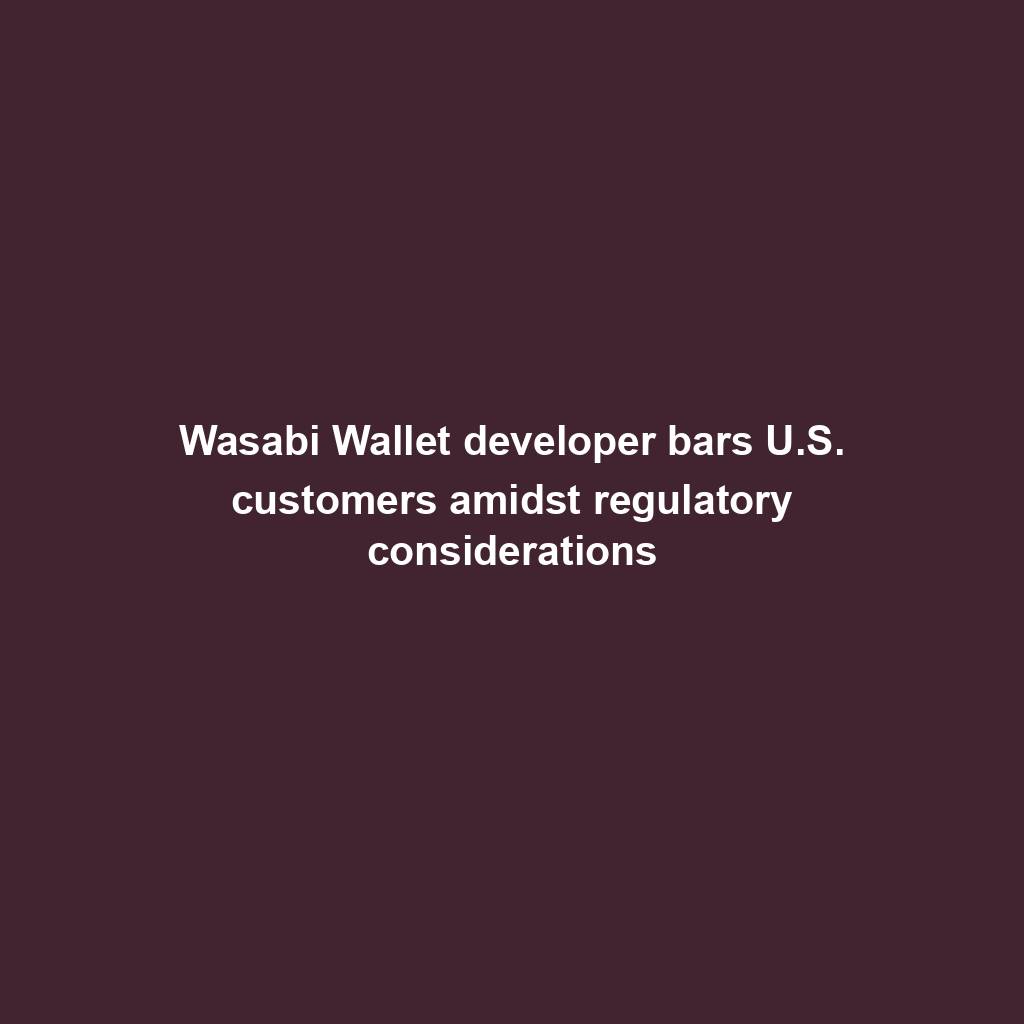
Analyst Foresees Peak In Late 2025
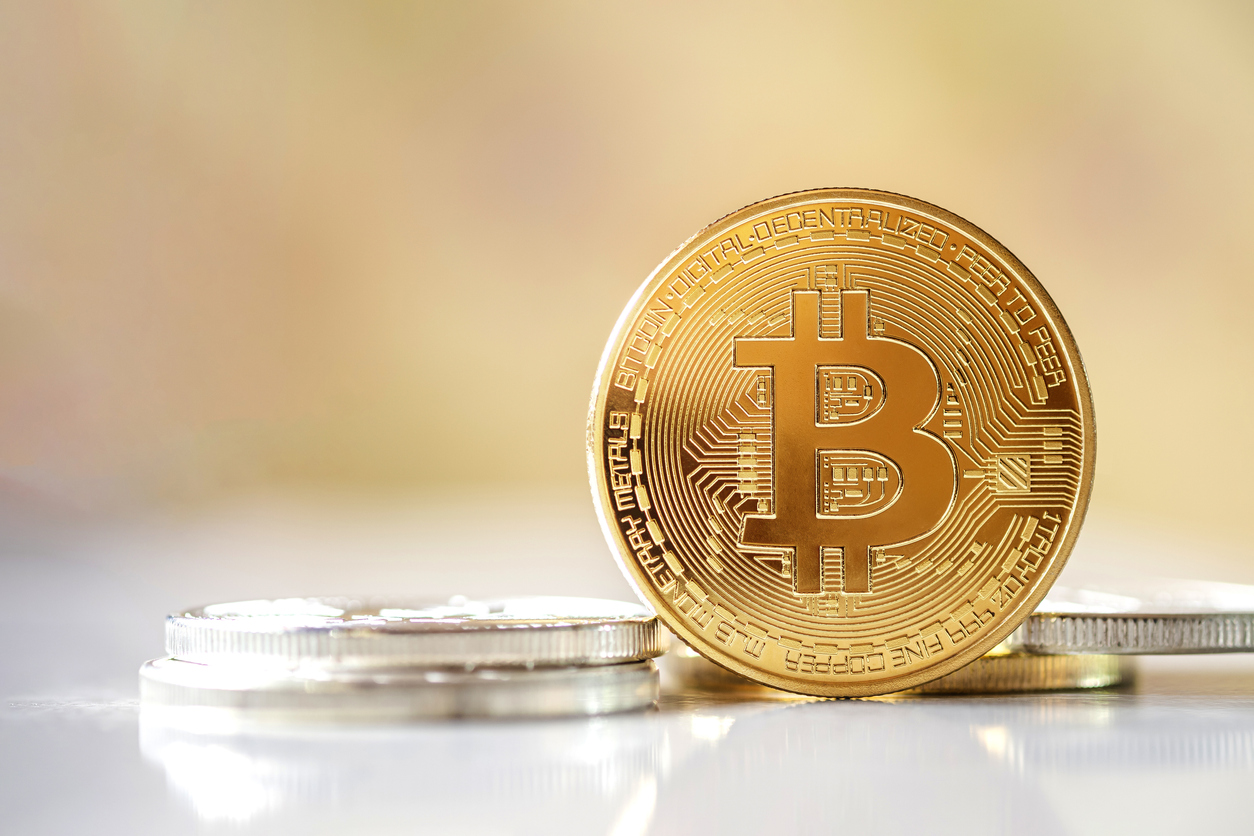
Solo Bitcoin miner wins the three.125 BTC lottery, fixing legitimate block
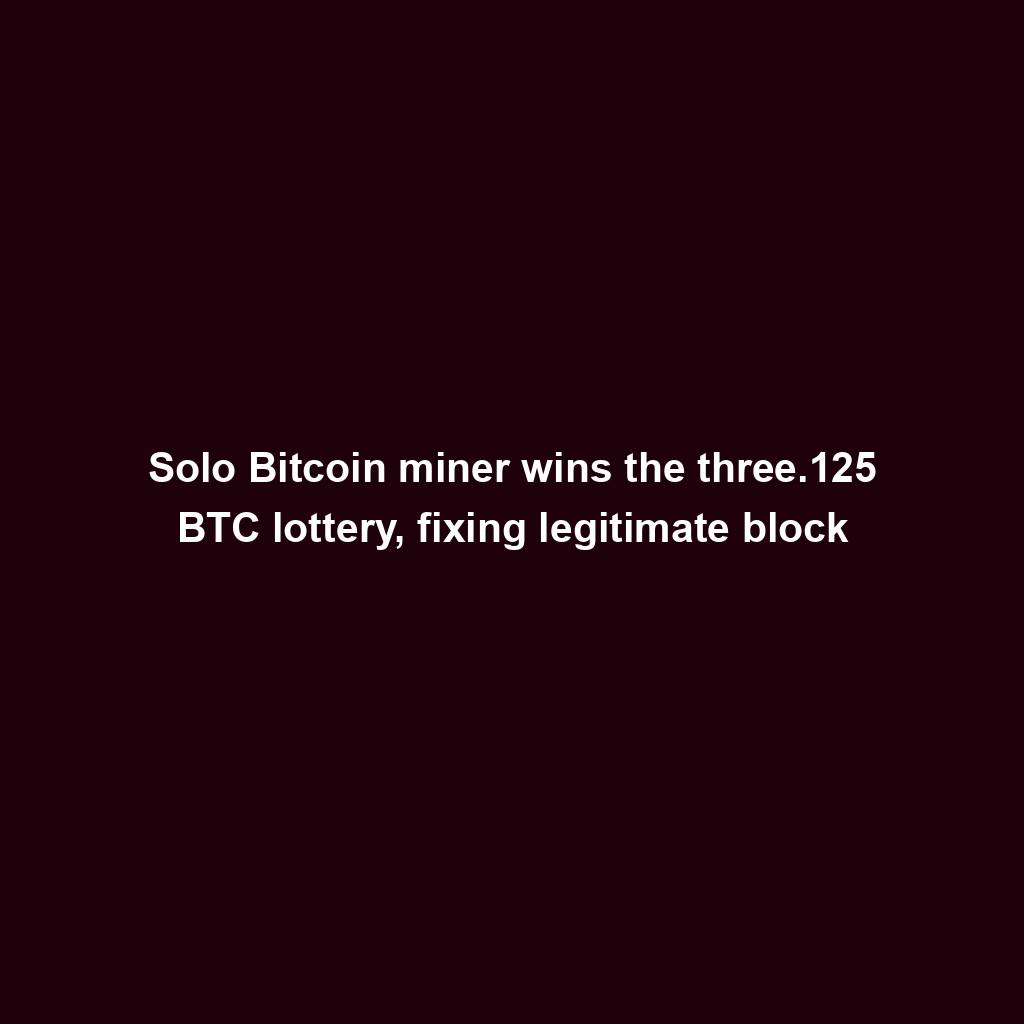
Ace Exchange Suspects Should Get 20-Year Prison Sentences: Prosecutors

Google Cloud's Web3 portal release sparks debate in crypto trade
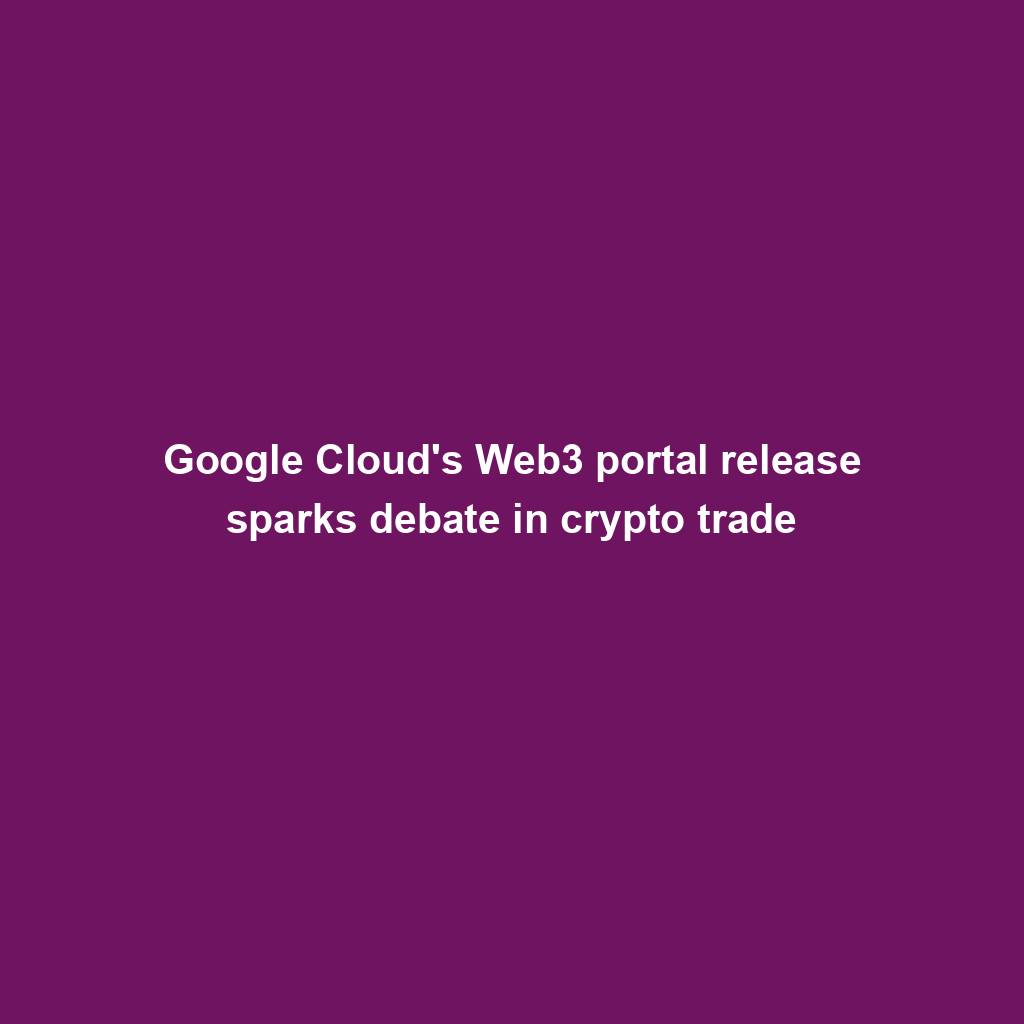
Bitcoin Primed For $77,000 Surge
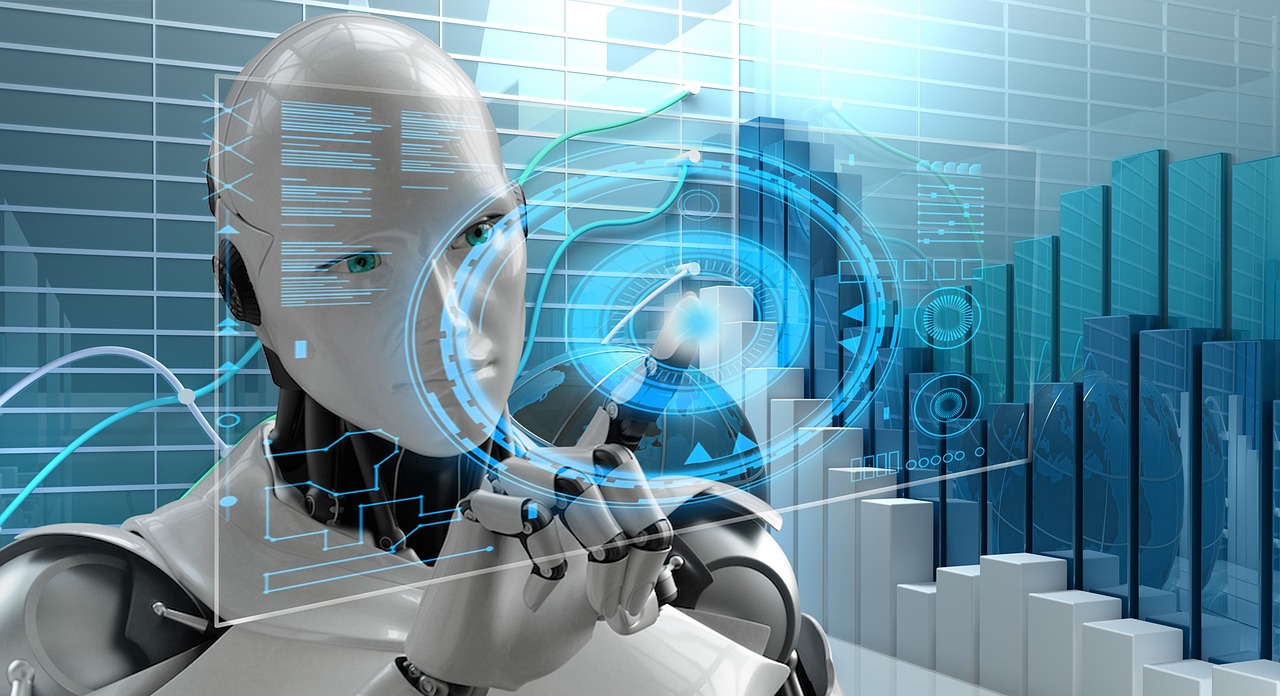
Bitbot’s twelfth presale level nears its finish after elevating $2.87 million
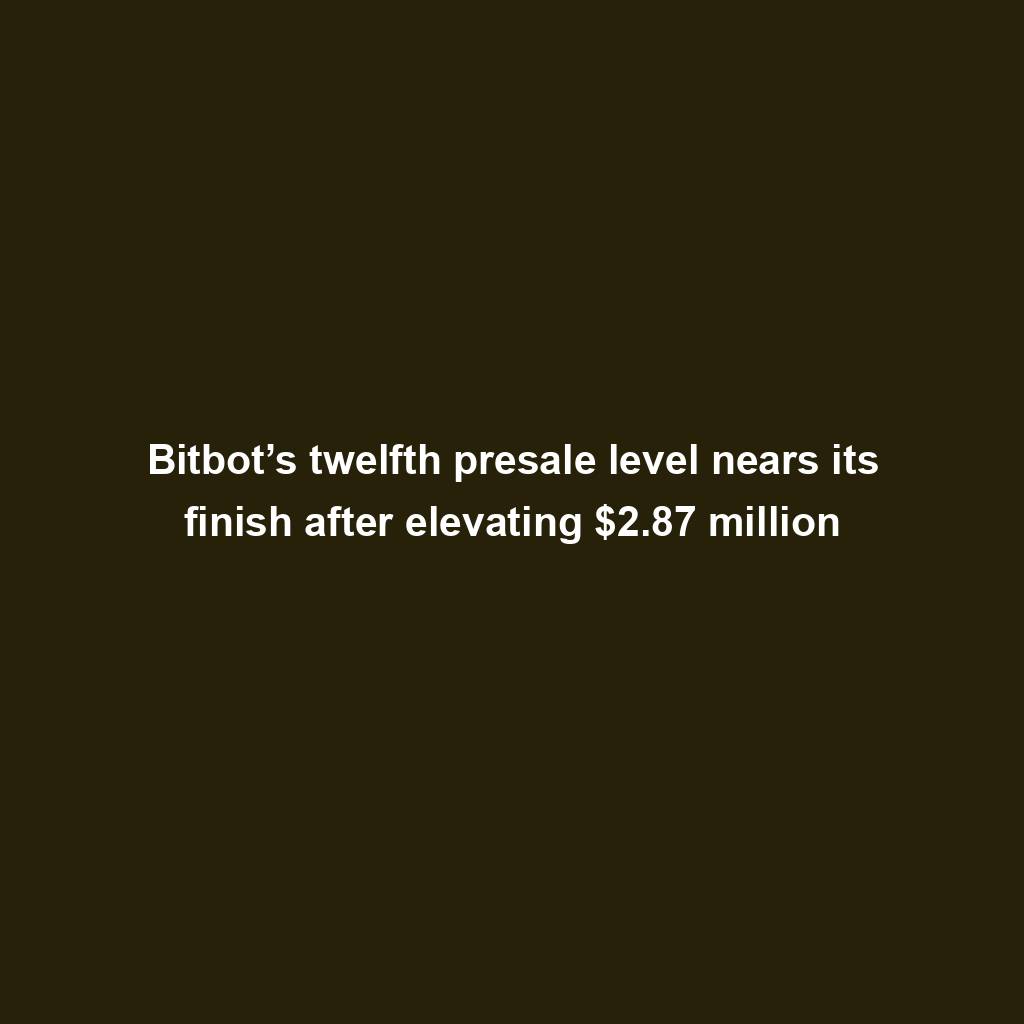
PANDA and MEW bullish momentum cool off: traders shift to new altcoin
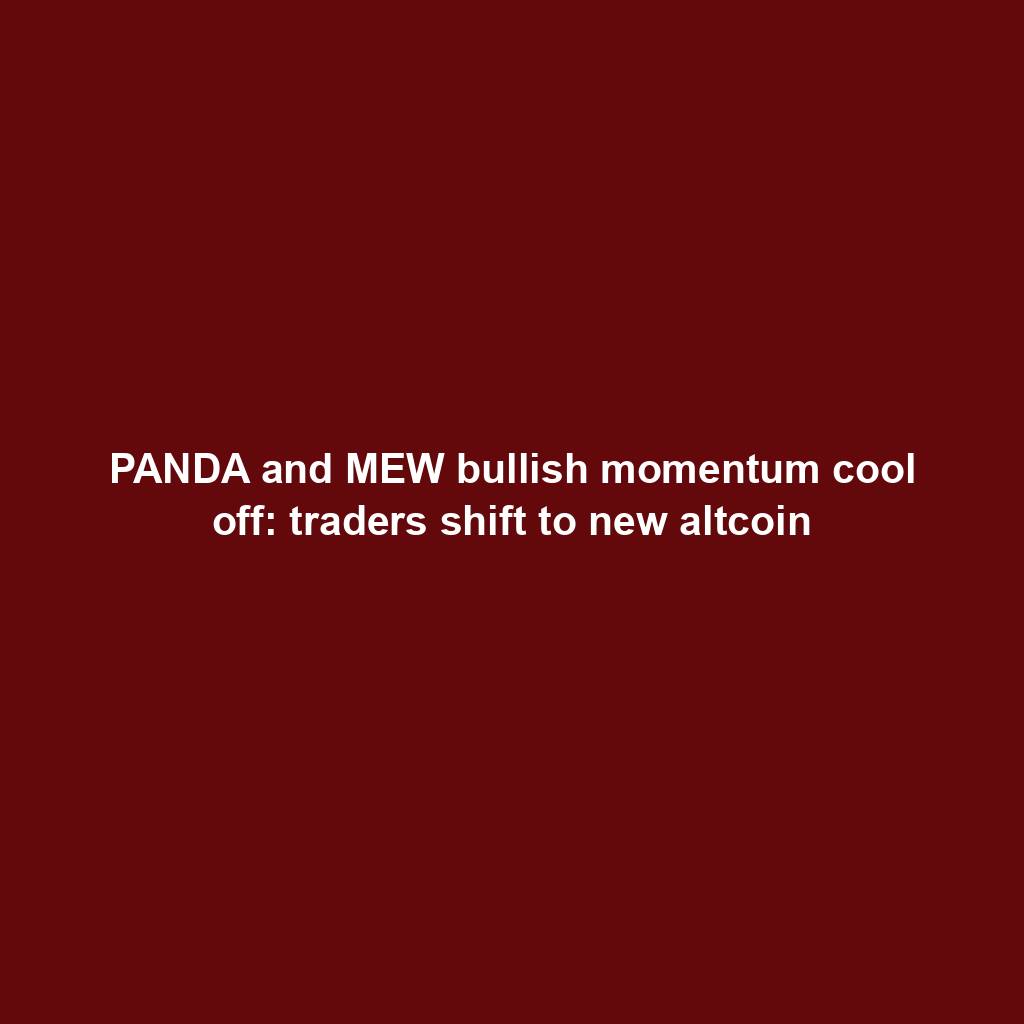
Commerce technique: Ecommerce is useless, lengthy are living ecommerce

Republic First Bank closed by way of US regulators — crypto neighborhood reacts
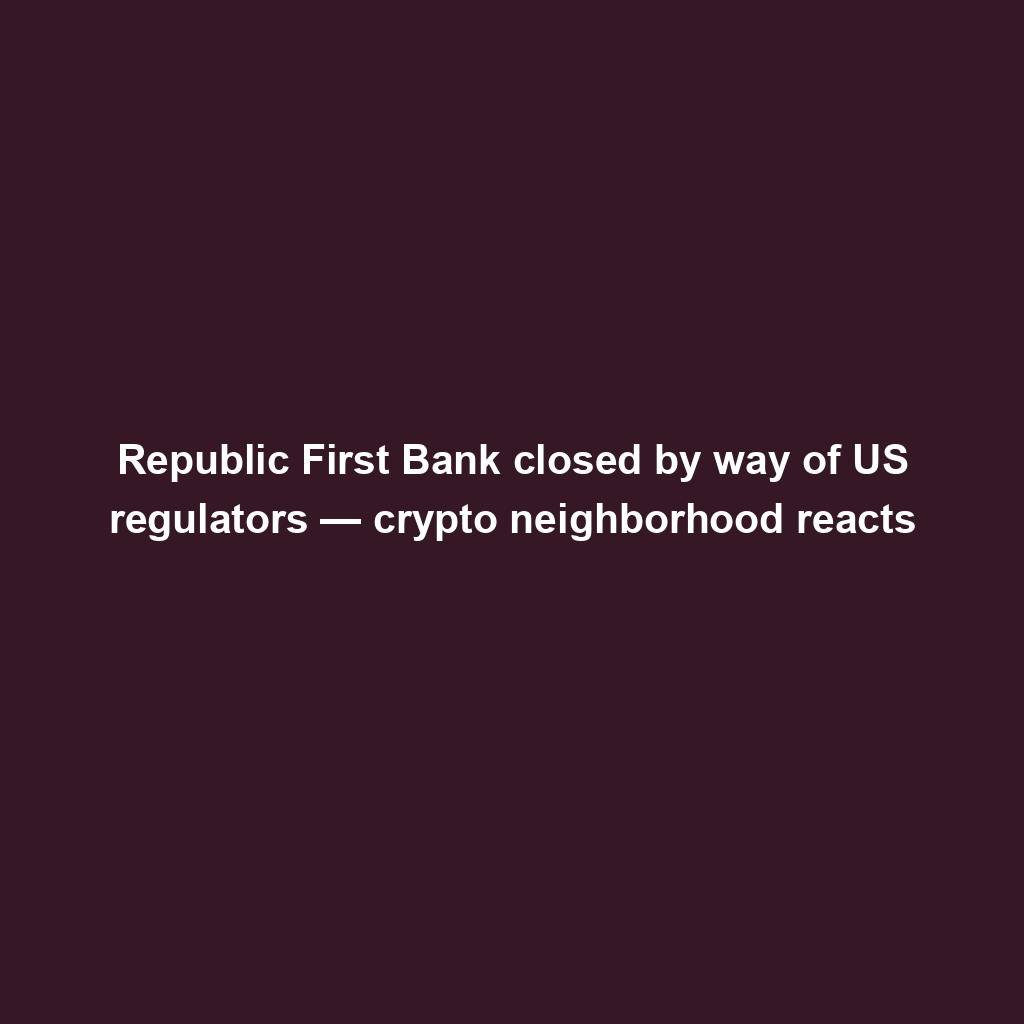
China’s former CBDC leader is beneath executive investigation

Bigger isn’t all the time higher: How hybrid Computational Intelligence development permits smaller language fashions
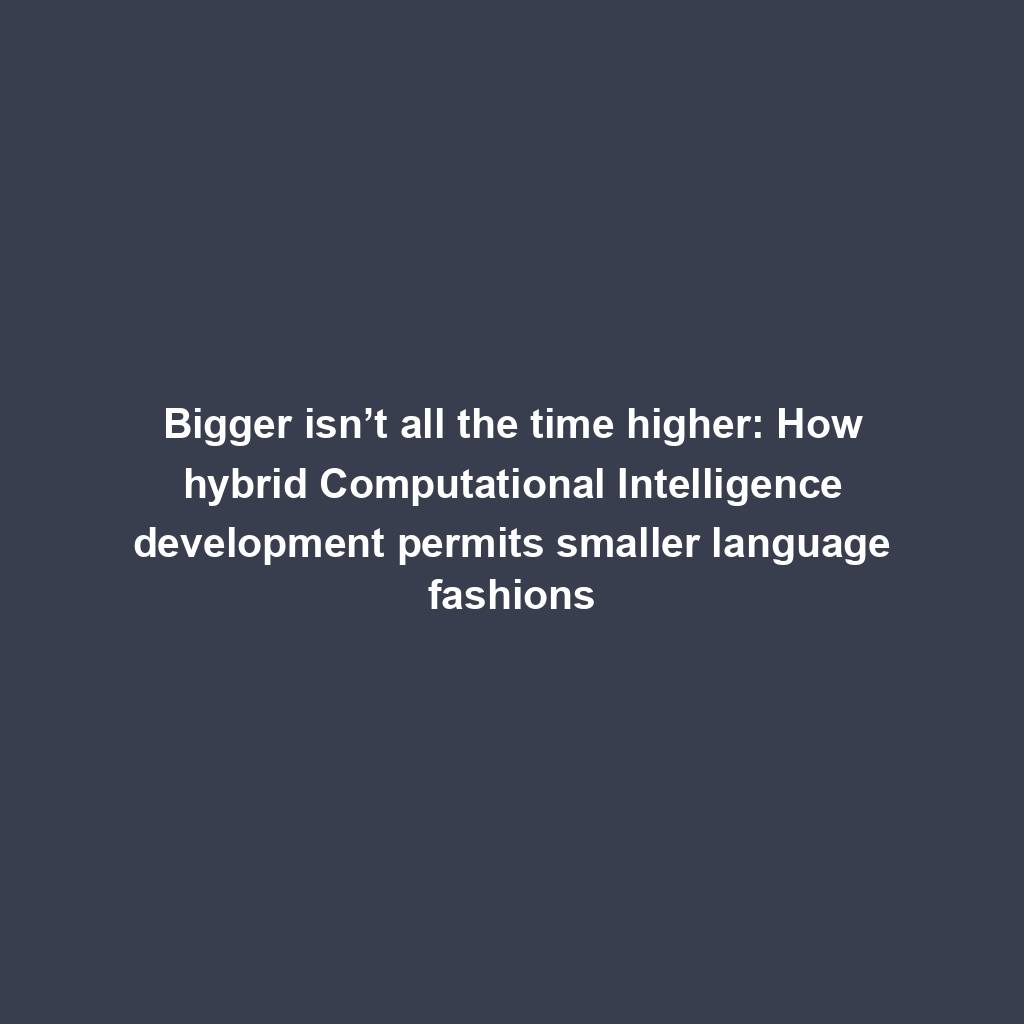
Pantera Capital buys extra Solana (SOL) from FTX
Successful Beta Service release of SOMESING, ‘My Hand-Carry Studio Karaoke App’

SEC sues Bitcoin miner Geosyn Mining for fraud; Bitbot presale nears $3M

Business procedure reengineering (BPR) examples
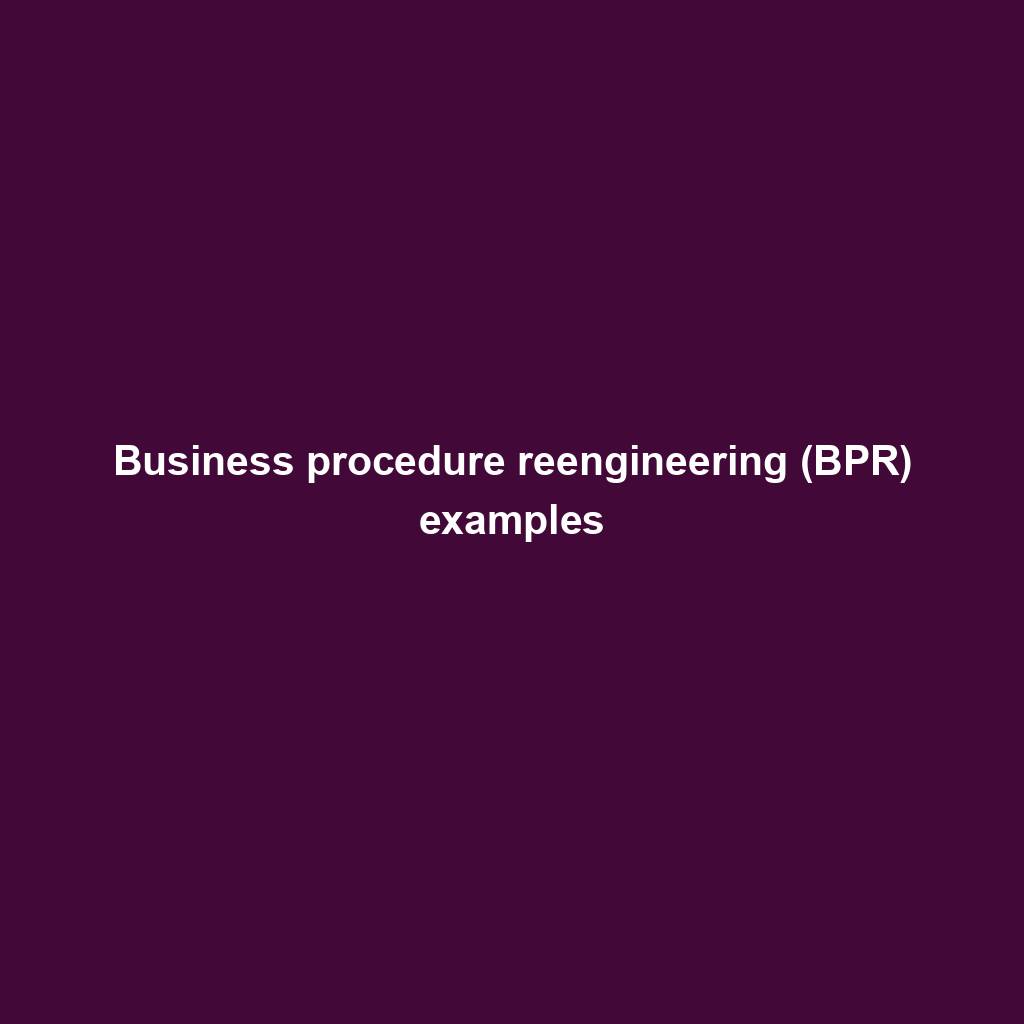
85% Of Altcoins In “Opportunity Zone,” Santiment Reveals
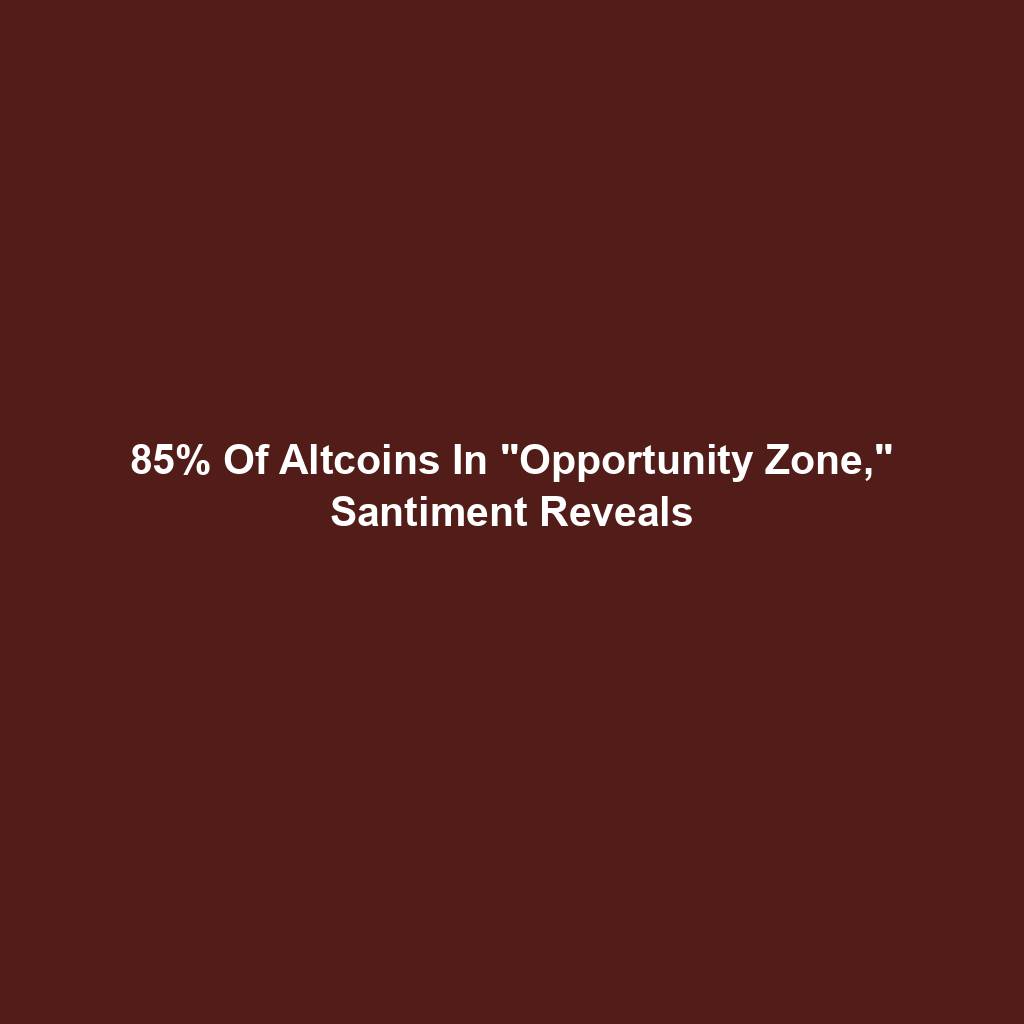
Sam Altman’s Worldcoin eyeing PayPal and OpenAI partnerships
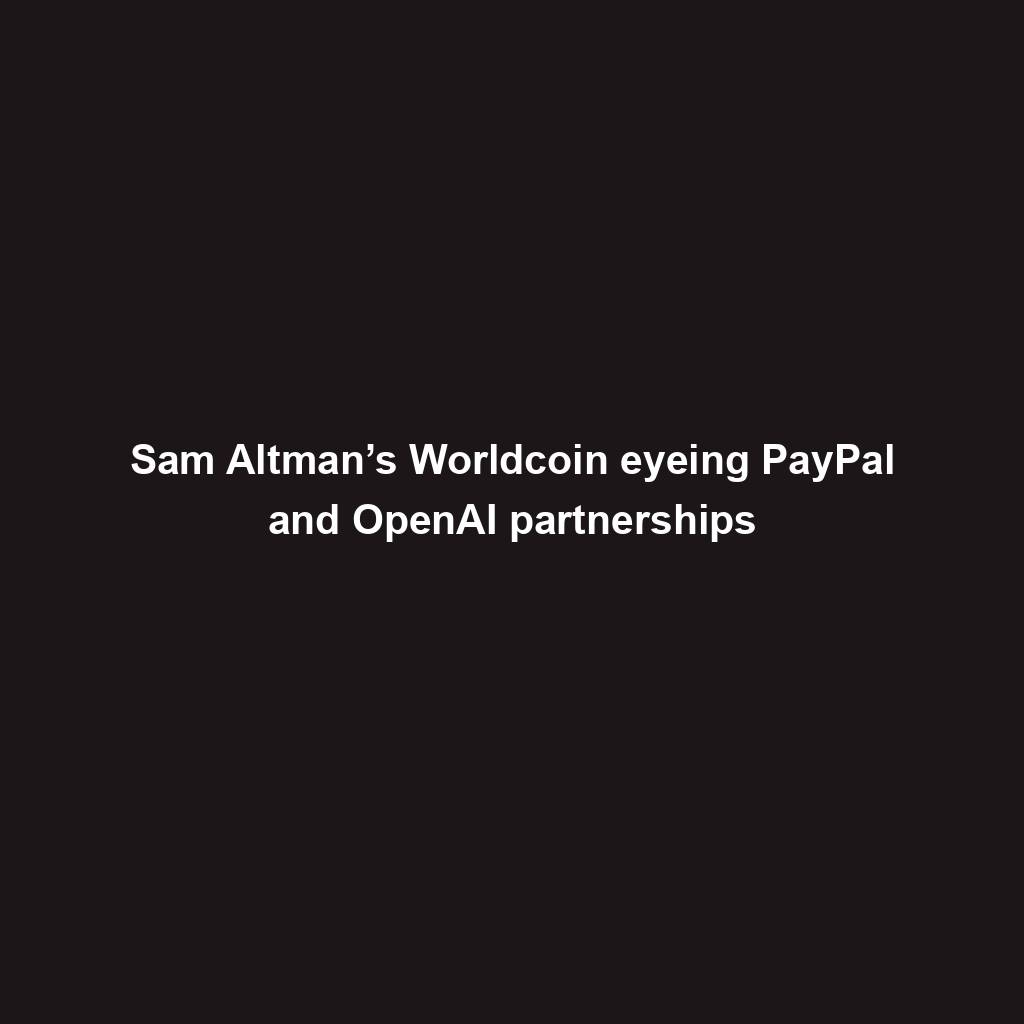
Artificial Intelligence transforms the IT strengthen enjoy
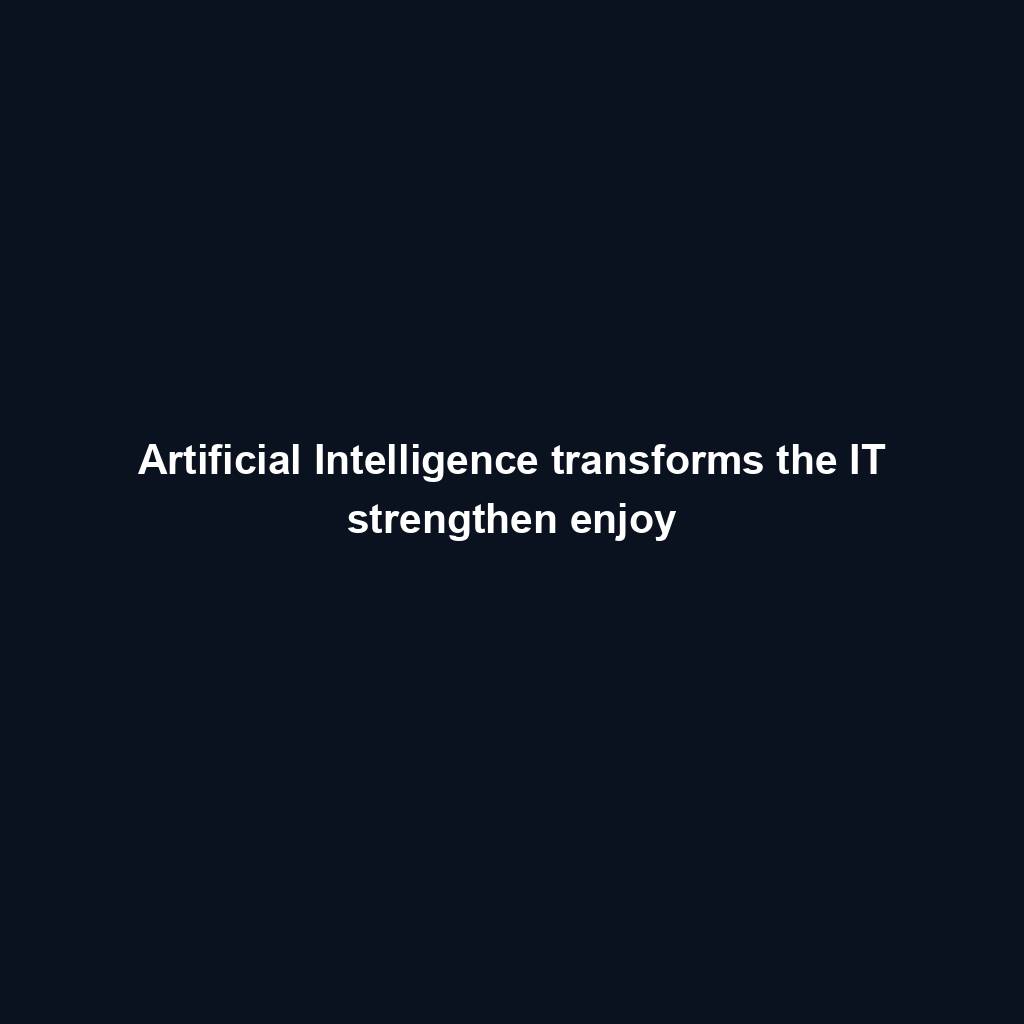
Franklin Templeton tokenizes $380M fund on Polygon and Stellar for P2P transfers
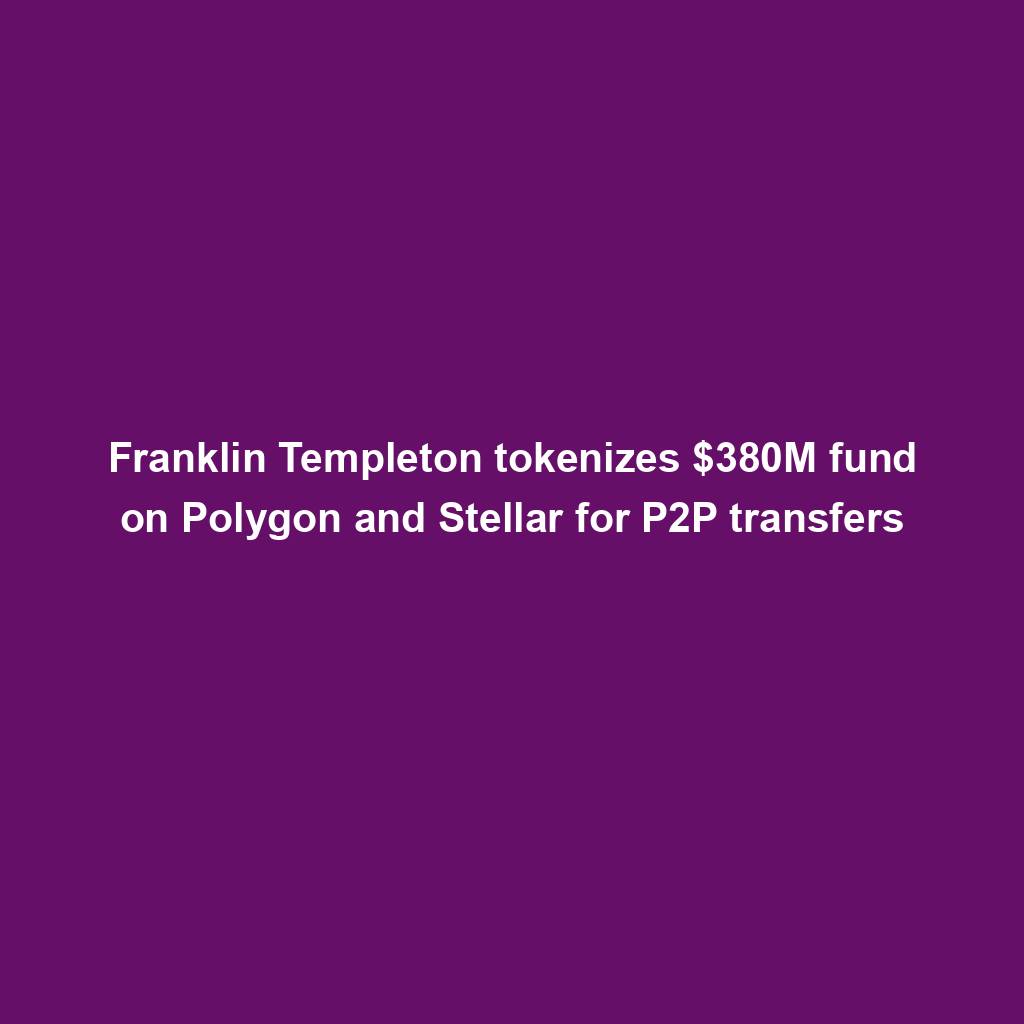
Meta’s letting Xbox, Lenovo, and Asus construct new Quest metaverse {hardware}
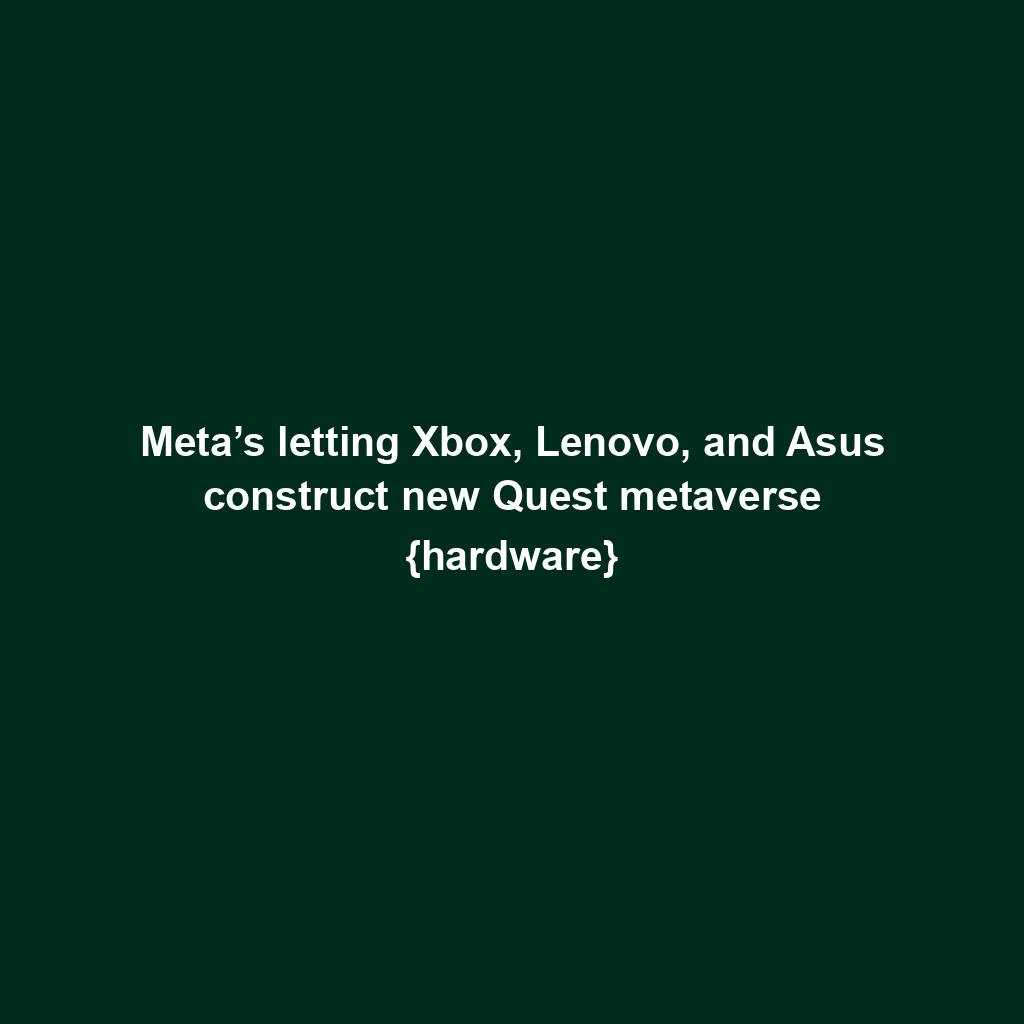
Shiba Inu (SHIB) unveils bold Shibarium plans as Kangamoon steals the display
